Home>Garden Essentials>How To Plant Monstera Seeds
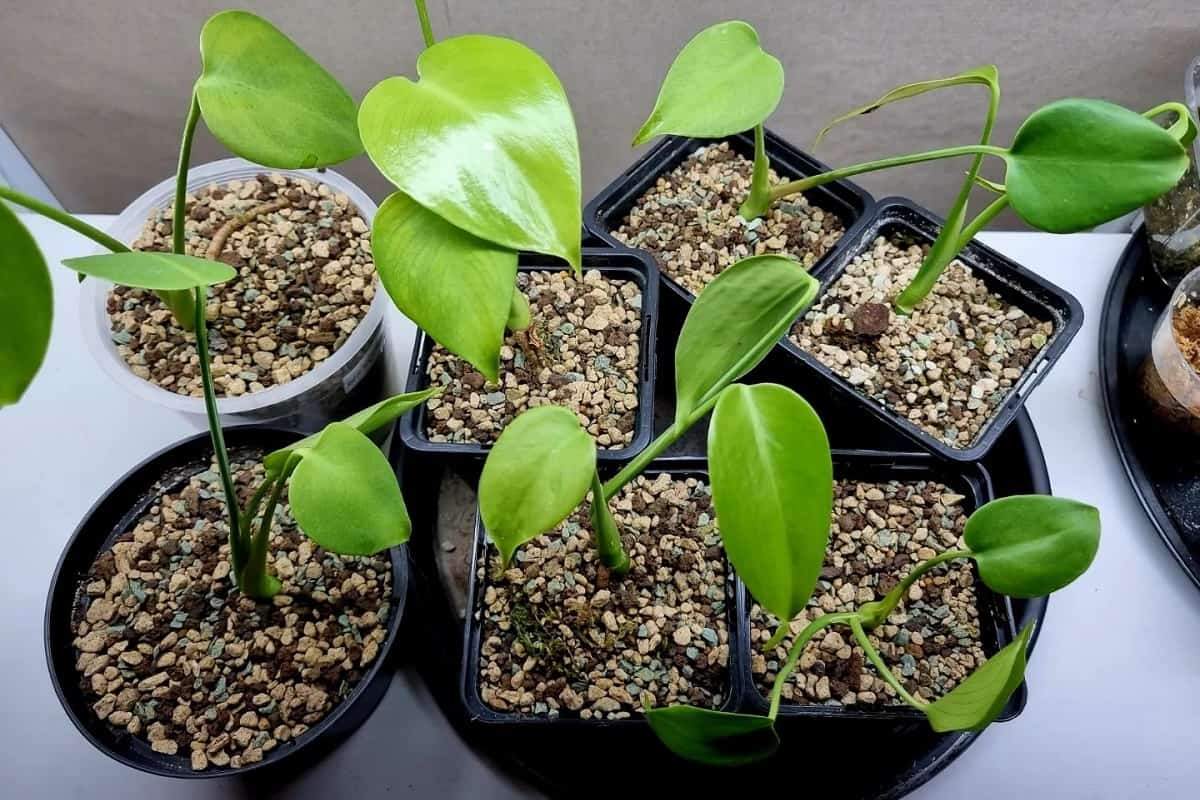

Garden Essentials
How To Plant Monstera Seeds
Modified: March 15, 2024
Learn how to plant Monstera seeds in your garden and grow beautiful, lush plants. Follow our step-by-step guide for successful and rewarding gardening.
(Many of the links in this article redirect to a specific reviewed product. Your purchase of these products through affiliate links helps to generate commission for Storables.com, at no extra cost. Learn more)
Introduction
Gardening is a wonderful hobby that allows you to connect with nature and create a beautiful outdoor space. If you’re looking to add some unique and exotic plants to your garden, then planting Monstera seeds is a great option. Monstera, also known as the Swiss Cheese Plant, is a popular choice among garden enthusiasts due to its large, glossy leaves and striking appearance.
In this article, we will guide you through the process of planting Monstera seeds, from seed preparation to caring for the seedlings. By following these steps, you’ll be well on your way to growing your own thriving Monstera plants.
Key Takeaways:
- To grow Monstera plants from seeds, choose ripe seeds, soak them in water, and select nutrient-rich, well-draining soil. Provide bright, indirect light and consistent moisture for successful germination.
- After planting, care for the seedlings by maintaining warmth, humidity, and proper watering. Transplant them into larger pots as they grow, and enjoy the rewarding journey of nurturing your own vibrant Monstera plants!
Read more: How To Plant Seed
Step 1: Prepare the Monstera Seeds
Before you begin planting Monstera seeds, it’s important to properly prepare them to increase the chances of successful germination. Here are a few steps to follow:
- Choose ripe seeds: Monstera seeds are ready for planting when the fruit is fully matured and the seeds have turned brown. Look for seeds that have a firm texture and avoid any that appear soft or discolored.
- Extract the seeds: To extract the seeds from the Monstera fruit, carefully cut it open and remove the flesh. Rinse the seeds under running water to remove any remaining pulp or residue.
- Soak the seeds: Monstera seeds have a hard outer shell, which can make it difficult for water to penetrate and initiate germination. To overcome this, soak the seeds in lukewarm water for 24 hours to soften the shell and promote germination.
- Scarify the seeds (optional): If you’d like to further enhance the germination process, you can scarify the seeds. This involves lightly scratching or scoring the outer shell with a sharp knife or sandpaper. Be careful not to damage the inner seed.
- Prevent fungal growth: To prevent fungal growth, it’s recommended to soak the seeds in a diluted fungicide solution before planting. This will help protect the seeds from diseases that can hinder germination.
By following these steps, you’ll ensure that your Monstera seeds are ready for planting and have the best chance of germinating successfully. Now that you have prepared the seeds, it’s time to move on to the next step: choosing the right soil.
Step 2: Choose the Right Soil
Choosing the right soil for planting your Monstera seeds is crucial for their growth and overall health. Monstera plants thrive in well-draining soil that retains some moisture but doesn’t become waterlogged. Here are some key factors to consider when selecting the soil:
- Rich in nutrients: Monstera plants require nutrient-rich soil to support their growth. Look for potting mixes that contain a balanced blend of organic matter, such as compost or peat moss, to provide essential nutrients.
- Good drainage: Unlike many other houseplants, Monstera plants don’t tolerate soggy soil well. Ensure that the soil you choose has good drainage properties. Adding perlite or sand to the mixture can improve drainage and prevent waterlogging.
- Aeration: Adequate aeration is essential for the roots’ oxygen uptake. Look for a soil mixture that is loose and well-aerated, as this will provide the roots with the oxygen they need for healthy growth.
When planting the Monstera seeds, ensure that you have enough soil in the pot or container to support the growing seedling. Fill the container approximately three-quarters full, leaving enough space for the seed to be covered with a thin layer of soil.
Now that you have the right soil, let’s move on to the next step: providing adequate lighting for your Monstera seeds.
Step 3: Provide Adequate Lighting
Proper lighting is essential for the successful growth and development of Monstera seeds. These plants thrive in bright, indirect light, mimicking their natural habitat under the canopy of trees. Here are some tips to ensure your Monstera seeds receive adequate lighting:
- Indirect sunlight: Monstera plants prefer bright, indirect sunlight. Direct sunlight can be too intense and may scorch the leaves. Place your Monstera seeds in a location where they can receive bright, filtered light, such as near a north-facing or east-facing window.
- Artificial lighting: If you don’t have access to ample natural light, you can supplement it with artificial lighting. LED grow lights are an excellent option as they emit the appropriate spectrum of light for plant growth. Position the lights about 12 to 18 inches above the seedlings and keep them on for 12 to 14 hours a day.
- Avoid low light conditions: Monstera plants can survive in low-light conditions, but their growth will be slow, and the leaves may become smaller and less vibrant. It’s best to provide them with sufficient light to ensure optimal growth and lush foliage.
It’s important to monitor the lighting conditions and make adjustments as needed. If you notice that your Monstera seeds are stretching or leaning towards the light source, it may be an indication that they are not receiving enough light. On the other hand, if the leaves start to wilt or turn yellow, it could be a sign of excessive light exposure.
Now that your Monstera seeds are receiving the right amount of light, let’s move on to the next step: determining the planting method.
Step 4: Determine the Planting Method
When it comes to planting Monstera seeds, there are a few different methods you can choose from. The two common methods are the traditional soil planting method and the water propagation method. Here’s a breakdown of each:
- Soil Planting Method: This method involves planting the Monstera seeds directly into the soil. Start by making small holes in the prepared soil, approximately an inch deep. Gently place the seeds into the holes, covering them with a thin layer of soil. Water lightly to moisten the soil and create a suitable environment for germination.
- Water Propagation Method: The water propagation method is an alternative option for planting Monstera seeds. Fill a glass or container with water and place the seeds on the surface, ensuring they don’t sink to the bottom. Keep the water level consistent and change it every few days to prevent stagnation. Once the seeds germinate and develop roots, you can transfer them to soil.
Both methods can be successful, but it’s important to choose the one that suits your preferences and capabilities. The soil planting method is more traditional and provides a natural growth environment, while the water propagation method allows you to observe the germination process more closely.
Remember to label your containers or glasses to keep track of the planting method and date to monitor the progress of your Monstera seeds. Now that you have determined the planting method, let’s move on to the next step: planting the Monstera seeds.
To plant Monstera seeds, use a well-draining potting mix and keep the soil consistently moist. Place the seeds in a warm, humid environment with indirect sunlight. It may take several weeks for the seeds to germinate, so be patient and keep the soil moist.
Read more: How To Germinate A Plant
Step 5: Planting the Monstera Seeds
Now that you have prepared the Monstera seeds and chosen the planting method, it’s time to plant them. Whether you are using the soil planting method or the water propagation method, follow these steps to ensure successful planting:
- For soil planting method:
- Make small holes in the soil: Using your finger or a small tool, create small holes in the soil, approximately an inch deep.
- Plant the seeds: Gently place the seeds into the holes, ensuring they are covered with a thin layer of soil. Be careful not to bury them too deep as it may inhibit germination.
- Water lightly: After planting, water the soil lightly to provide adequate moisture. Avoid overwatering, as excessive moisture can lead to rotting.
- For water propagation method:
- Fill a glass or container with water: Select a glass or container suitable for holding the seeds and fill it with water. Ensure that the water level is not too high to submerge the seeds completely.
- Place the seeds on the surface: Gently place the seeds on the surface of the water, making sure they remain afloat. The seeds may take a few days to sink and start germinating.
- Change the water regularly: To prevent the growth of bacteria or mold, change the water every few days. Use lukewarm water to maintain a favorable environment for germination.
Regardless of the method you choose, place the planted seeds in a warm and well-lit location to encourage germination. Keep the soil or water consistently moist, but avoid overwatering.
Now that the Monstera seeds are planted, it’s time to move on to the next step: watering and caring for the seeds.
Step 6: Watering and Caring for the Seeds
Watering and providing proper care is crucial for the germination and growth of Monstera seeds. Here are some important tips to follow:
- Keep the soil or water consistently moist: Monstera seeds require a moist environment for successful germination. Whether you are using the soil planting method or the water propagation method, ensure that the medium remains consistently moist but not waterlogged. Check the moisture level regularly and adjust your watering accordingly.
- Avoid overwatering: While it’s important to keep the seeds moist, overwatering can lead to fungal diseases and rot. Allow the soil or water to dry out slightly between waterings to avoid excessive moisture.
- Provide humidity: Monstera plants thrive in humid conditions. You can increase the humidity for the seeds by covering the pots or glasses with a plastic wrap or placing them in a humidity tray. Mist the leaves occasionally to provide extra moisture.
- Maintain warmth: Monstera seeds need warmth to germinate successfully. Maintain a temperature of around 75-80°F (24-27°C) to create an ideal environment for germination. You can use a heating mat or place the containers in a warm location in your home.
- Monitor for pests and diseases: Keep a close eye on the seedlings for any signs of pests or diseases. Common pests that can affect Monstera plants include spider mites and aphids. Treat any infestations promptly with organic pest control methods to prevent damage to the young plants.
- Provide support for climbing: Monstera plants are known for their aerial roots and climbing habit. As the seedlings grow, provide support for them to climb by adding a trellis or moss pole to the pot. This will help the plants develop their characteristic fenestrated leaves.
- Be patient: Germination may take several weeks, and the growth of Monstera plants can be slow initially. Be patient and provide consistent care and the right environment, and you will see your Monstera seeds transform into beautiful plants.
Following these watering and care tips will help ensure the healthy development of your Monstera seedlings. Now that the seeds are growing, let’s move on to the final step: transplanting the seedlings.
Step 7: Transplanting the Seedlings
Once your Monstera seedlings have grown and developed roots, it’s time to transplant them into larger containers. Transplanting allows the plants to have more space for root expansion and promotes stronger growth. Follow these steps to transplant your Monstera seedlings:
- Select a larger pot: Choose a pot that is one or two sizes larger than the current container. This will provide ample room for the roots to grow.
- Prepare the new pot: Fill the new pot with well-draining soil, similar to the one used during the initial planting. Ensure that the pot has drainage holes at the bottom to prevent waterlogging.
- Gently remove the seedlings: Carefully loosen the soil around the seedlings’ roots to avoid damaging them. Gently lift the seedlings from their current container, holding them by the stems or leaves, and place them into the new pot.
- Position the seedlings: Place the seedlings in the center of the new pot, ensuring that they are upright and at a similar depth as before. Add more soil around the roots, gently firming it to provide stability.
- Water the transplanted seedlings: After transplanting, water the seedlings thoroughly to settle the soil and provide moisture for their new root environment.
- Place the pot in a suitable location: Choose a location that provides the right lighting conditions and appropriate temperature for your Monstera plants’ growth. Avoid placing them in direct sunlight, as this can cause leaf burn.
- Continue care and maintenance: Once the seedlings are transplanted, continue to provide regular watering, proper lighting, and humidity. Monitor their growth and adjust care accordingly, such as fertilizing with a balanced houseplant fertilizer every few weeks during the growing season.
Transplanting Monstera seedlings allows them to continue their growth journey in a more spacious environment. As they mature, you may need to repeat the transplanting process into even larger pots to accommodate their increasing size.
Congratulations! You have successfully planted and cared for your Monstera seeds. With proper attention and ongoing maintenance, you’ll soon enjoy the beauty of mature Monstera plants in your garden or indoor space.
By following these seven steps – preparing the seeds, selecting the right soil, providing adequate lighting, determining the planting method, planting the seeds, watering and caring for the seedlings, and transplanting them – you’ve set yourself up for success in growing vibrant and thriving Monstera plants.
Now go ahead and enjoy the unique beauty of your Monstera plants and the sense of accomplishment that comes with growing them from seeds. Happy gardening!
Conclusion
Planting Monstera seeds is a rewarding and exciting process that allows you to grow your own unique and stunning plants. By following the steps outlined in this guide, you can successfully cultivate Monstera plants from seeds and enjoy watching them flourish.
Remember to prepare the seeds by choosing mature ones, extracting and cleaning them, and soaking or scarifying them if necessary. Select the right soil that is rich in nutrients, well-draining, and provides the right pH level and aeration.
Ensure your Monstera seeds receive adequate lighting, whether it’s bright, indirect sunlight or artificial grow lights. Determine the planting method that suits your preferences, be it soil planting or water propagation.
Plant the seeds carefully, maintain consistent moisture without overwatering, and create a humid and warm environment for germination. Monitor for pests, provide support for climbing, and be patient as your Monstera seedlings grow.
When the seedlings have developed roots, transplant them into larger pots to encourage further growth and expansion. Continue providing proper care and maintenance, including regular watering, appropriate lighting, and necessary humidity.
By investing time and effort into planting and caring for Monstera seeds, you’ll have the satisfaction of seeing them transform into beautiful plants with their iconic fenestrated leaves.
So, embark on this gardening journey, follow these steps, and enjoy the joy of nurturing and witnessing the growth of these stunning plants. Happy planting!
Frequently Asked Questions about How To Plant Monstera Seeds
Was this page helpful?
At Storables.com, we guarantee accurate and reliable information. Our content, validated by Expert Board Contributors, is crafted following stringent Editorial Policies. We're committed to providing you with well-researched, expert-backed insights for all your informational needs.
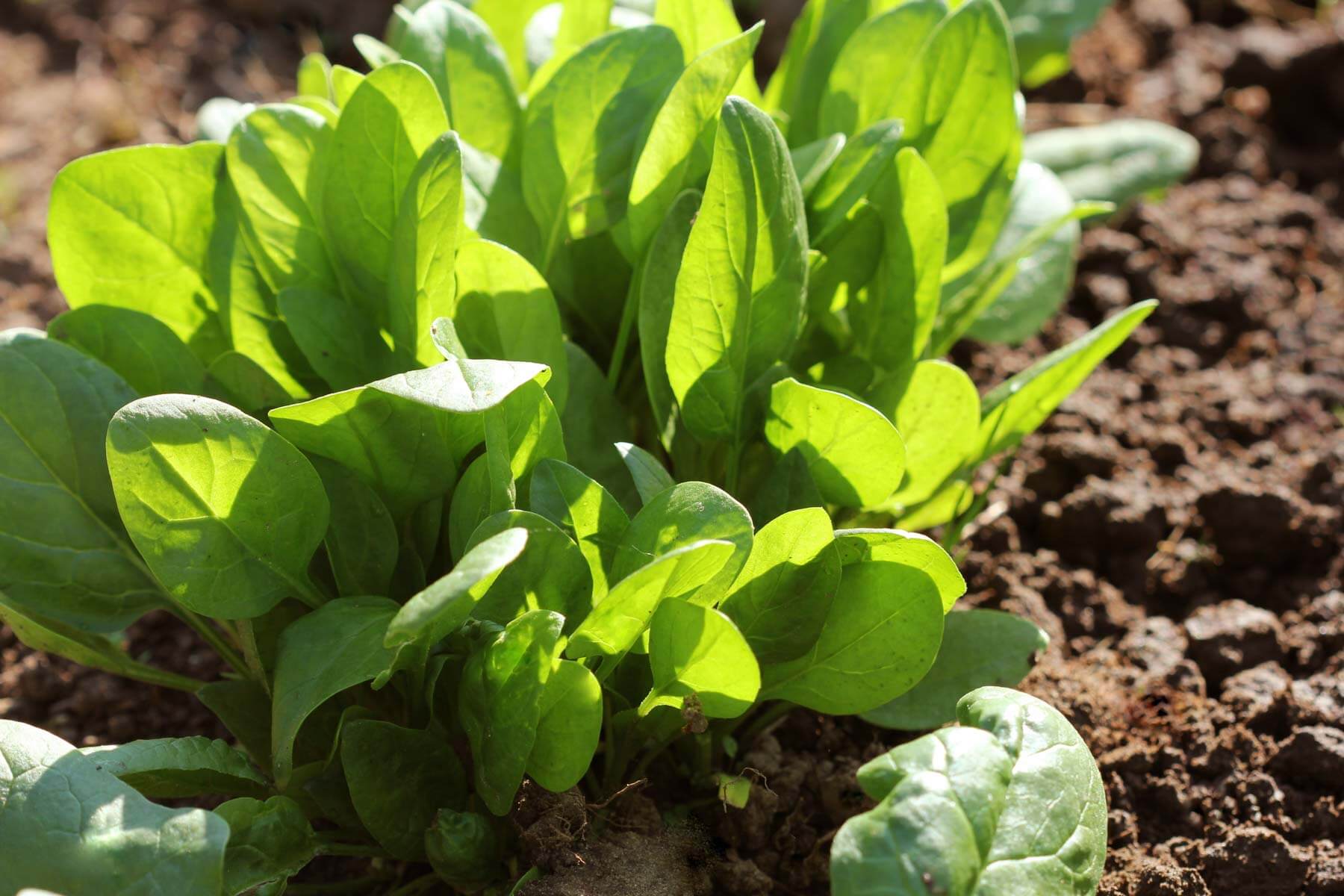
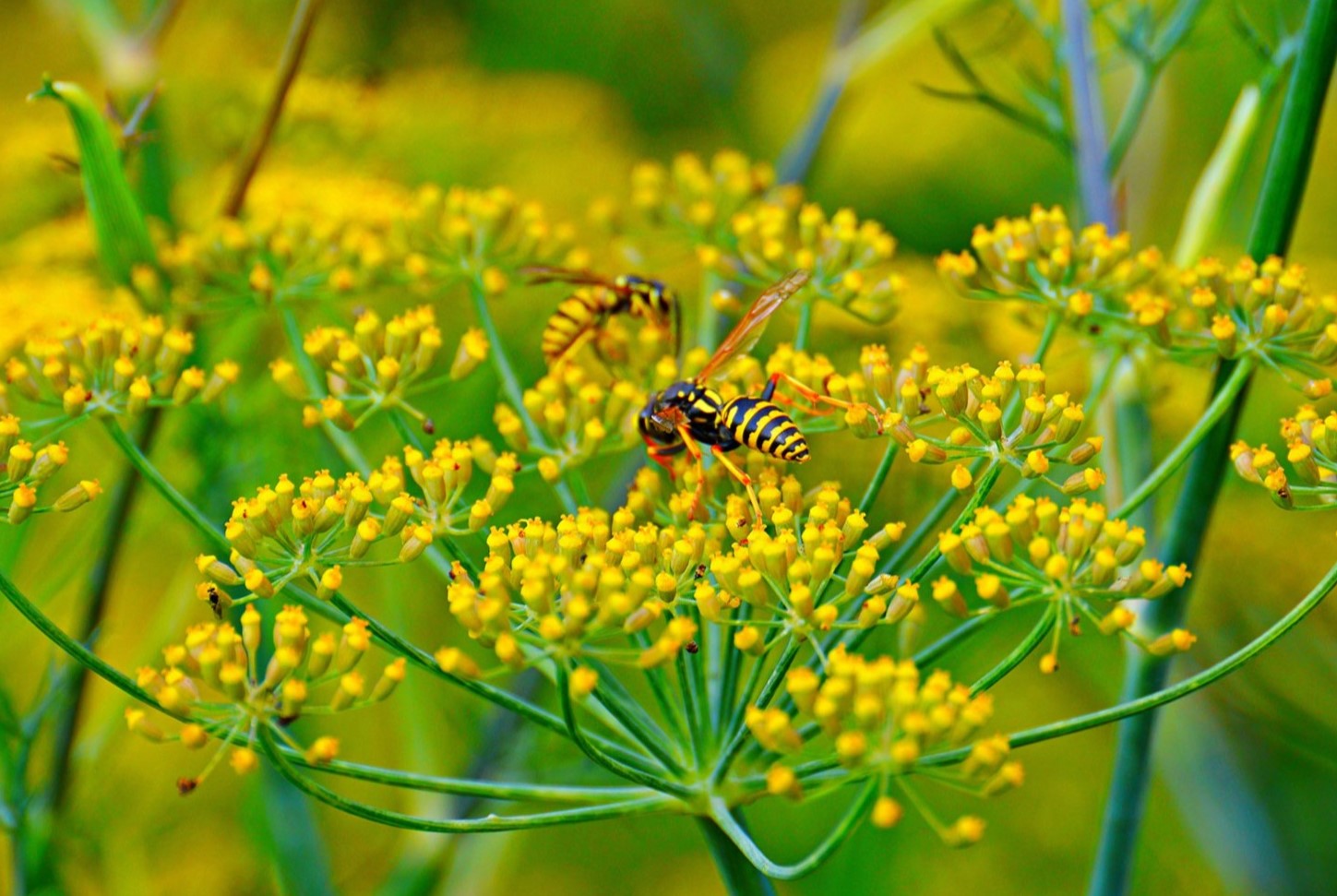
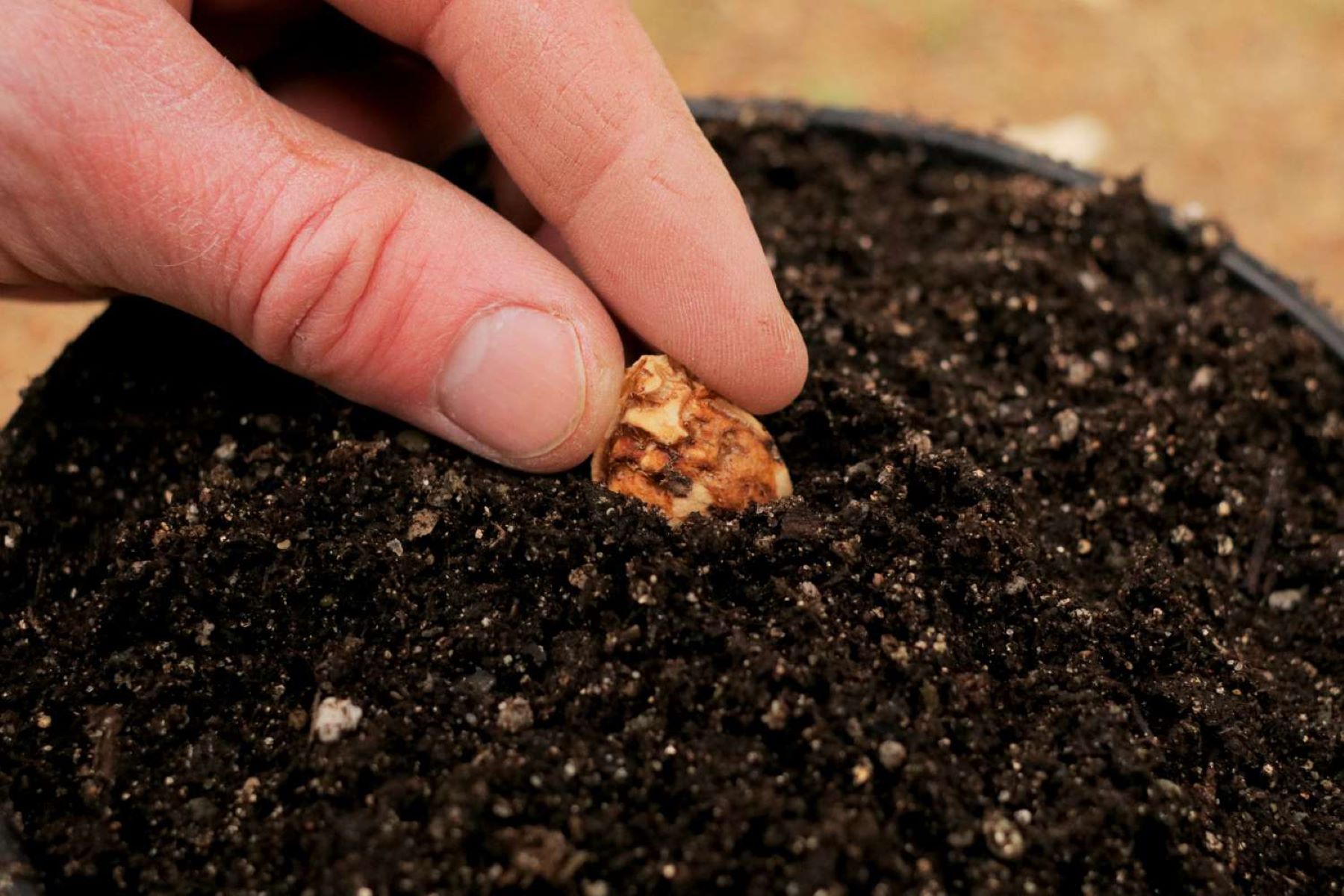
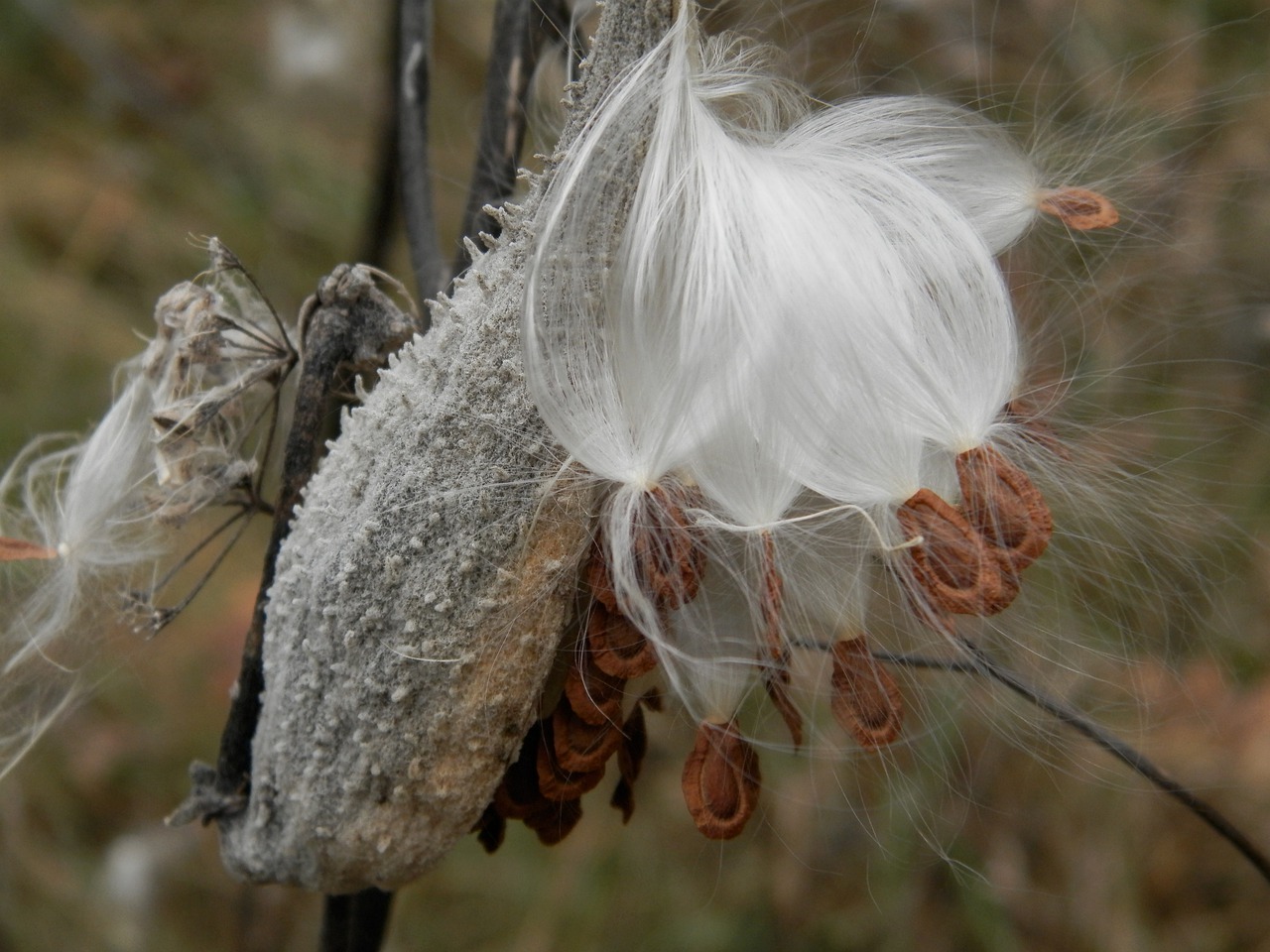
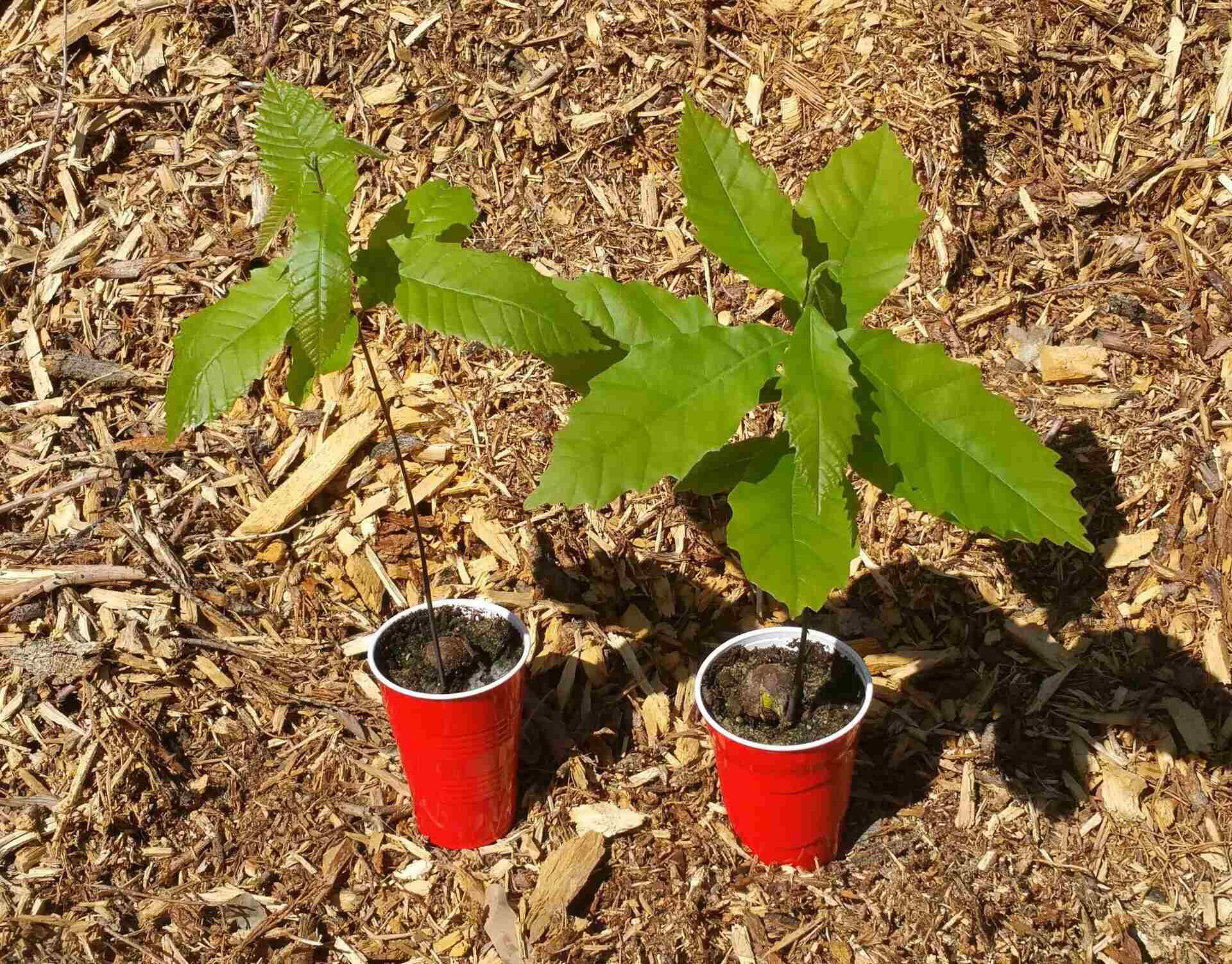

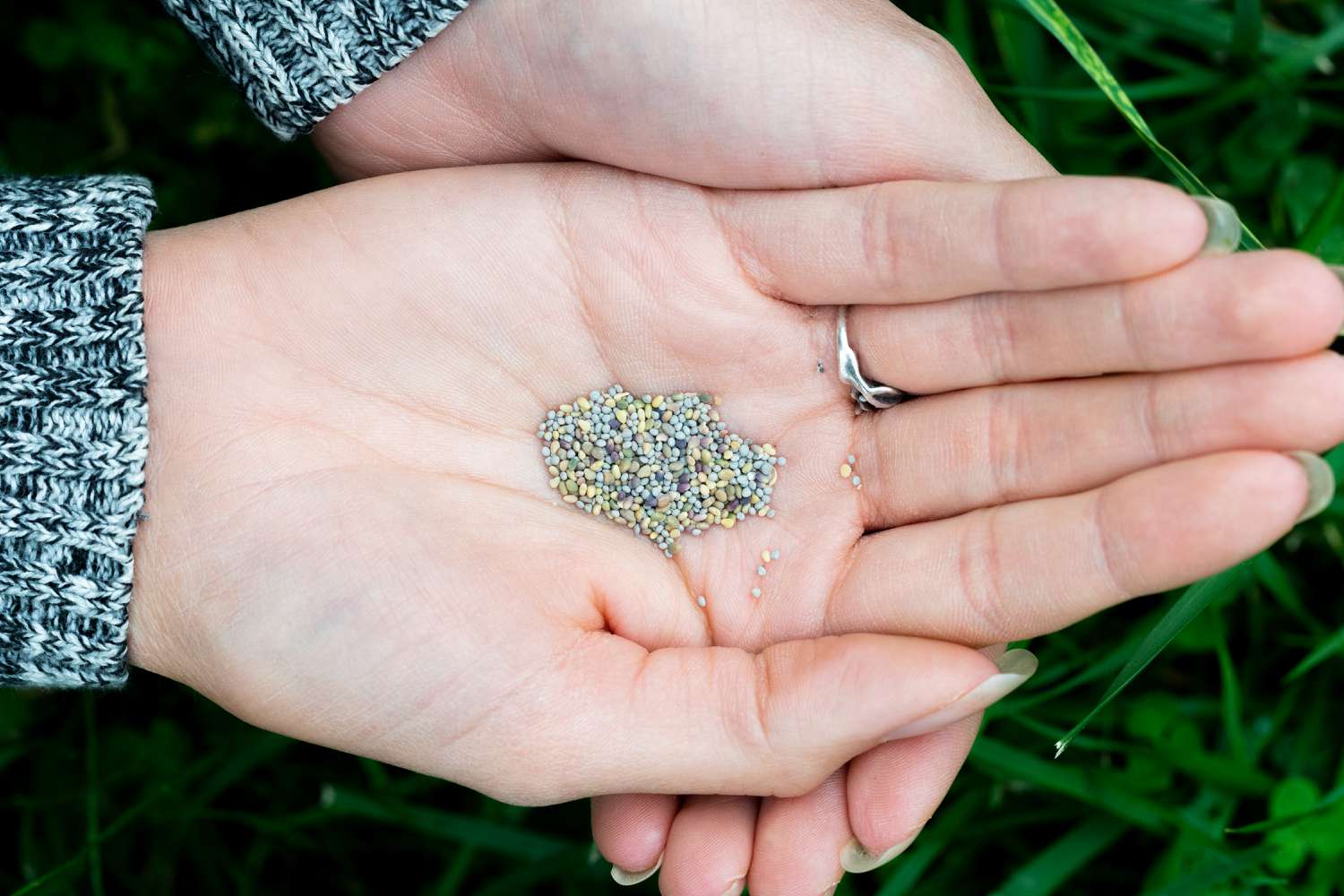
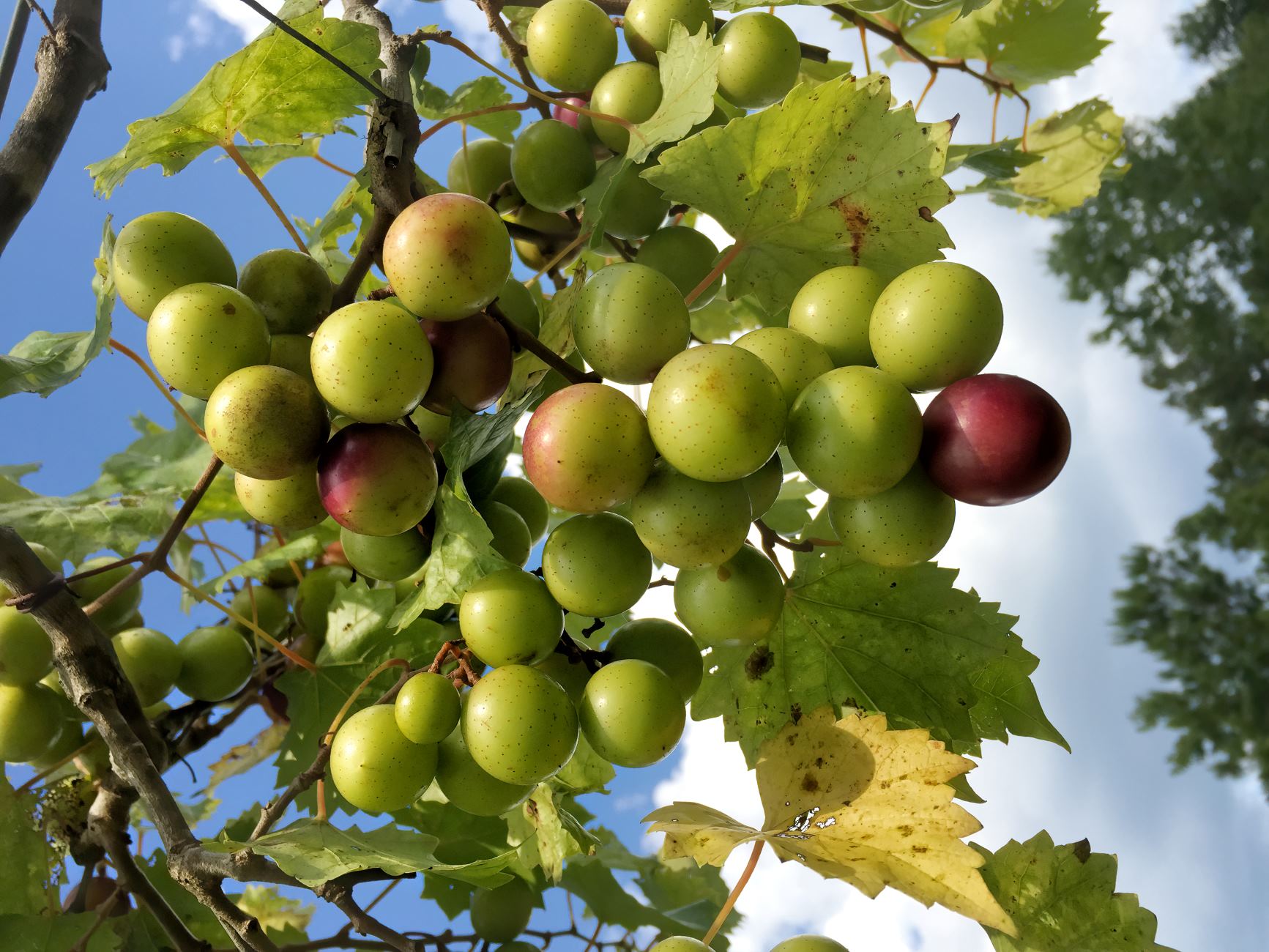
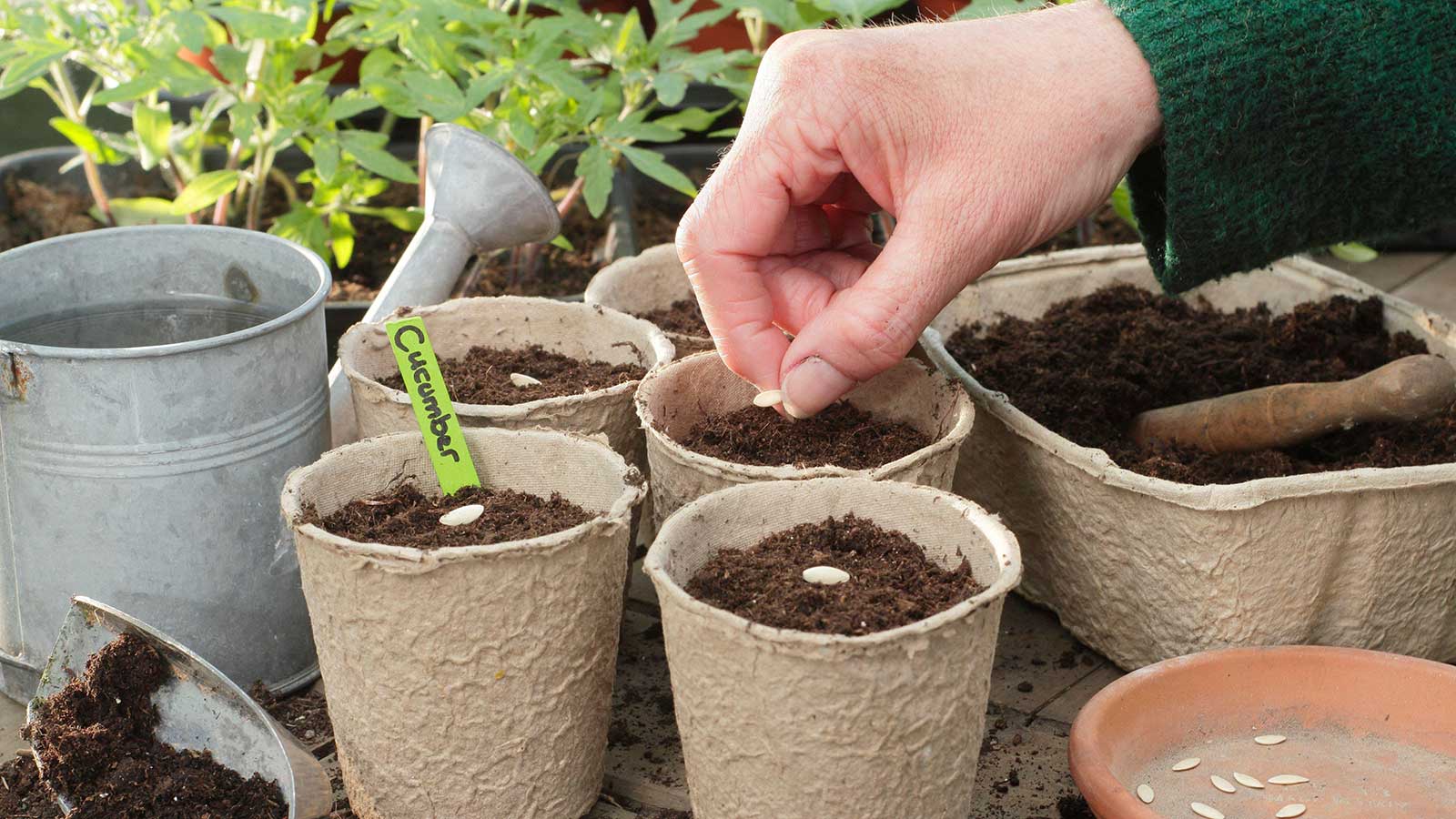
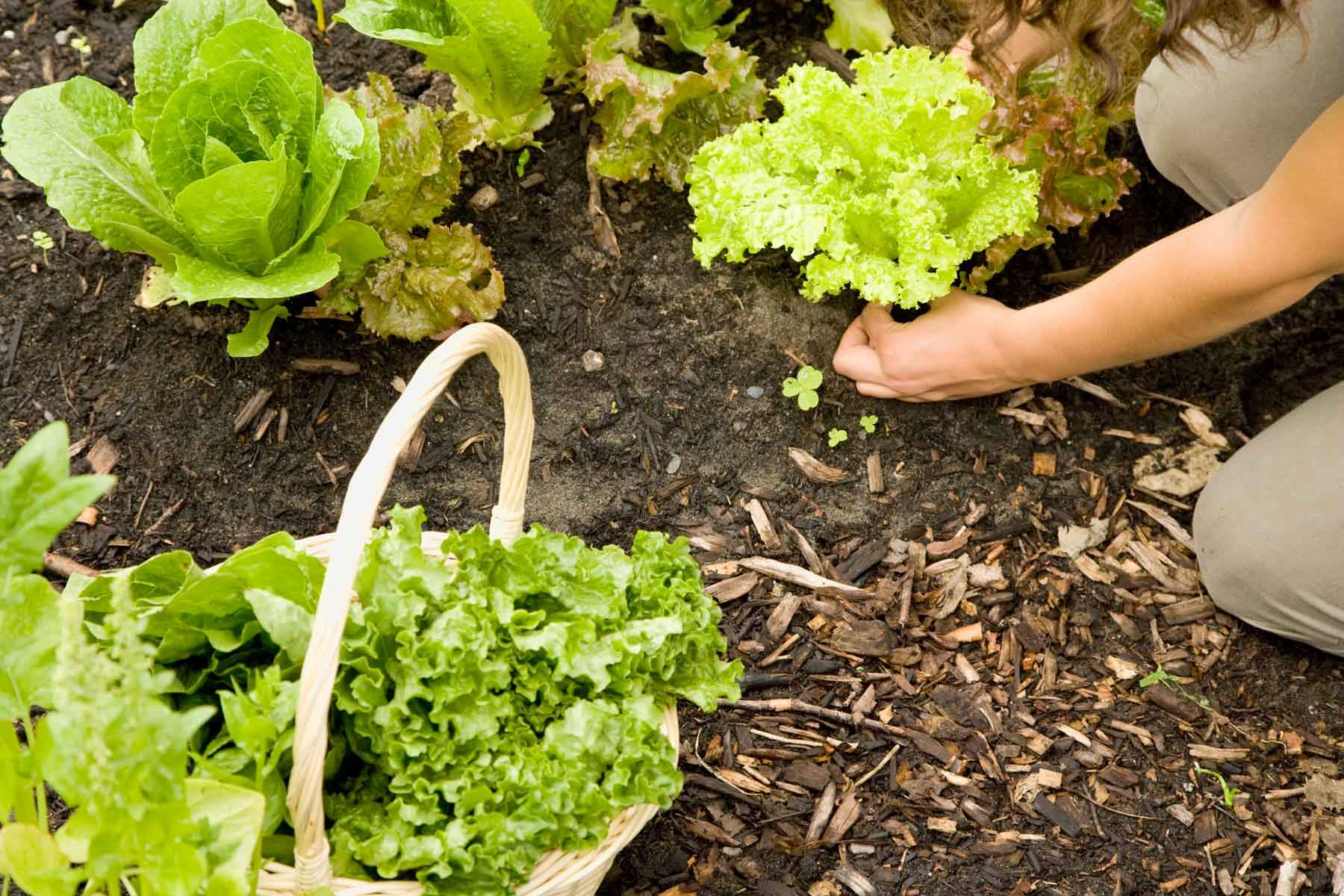
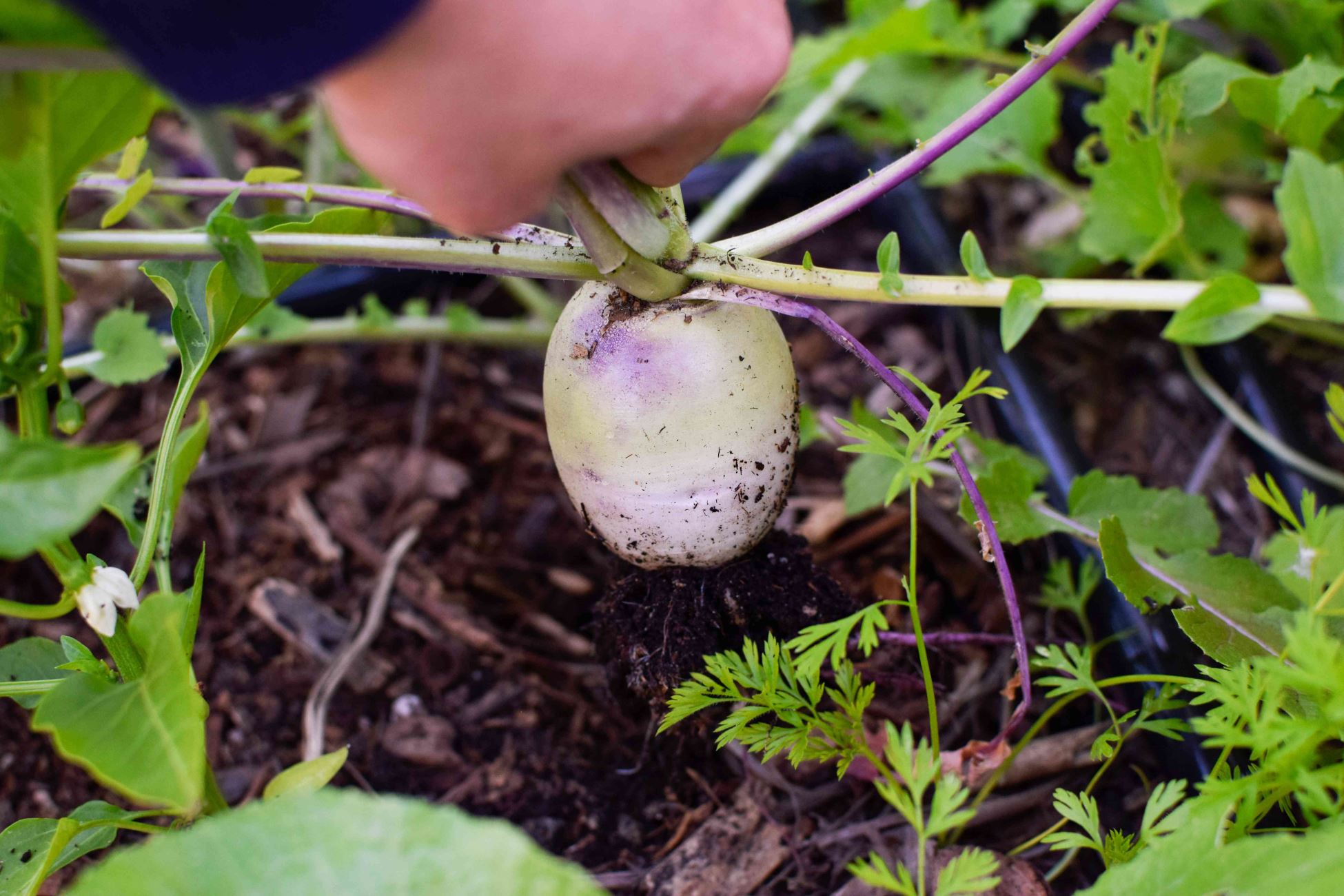
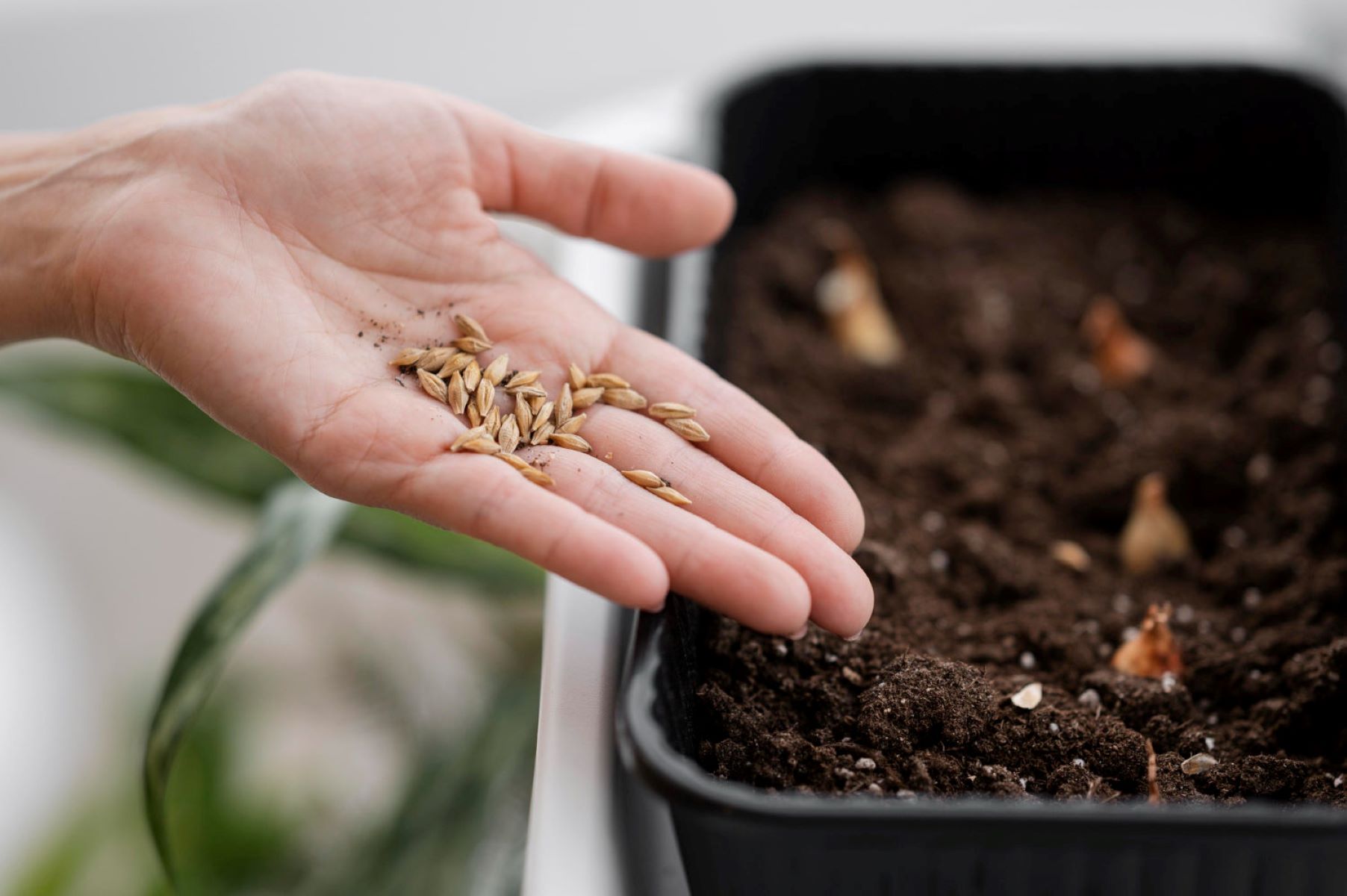
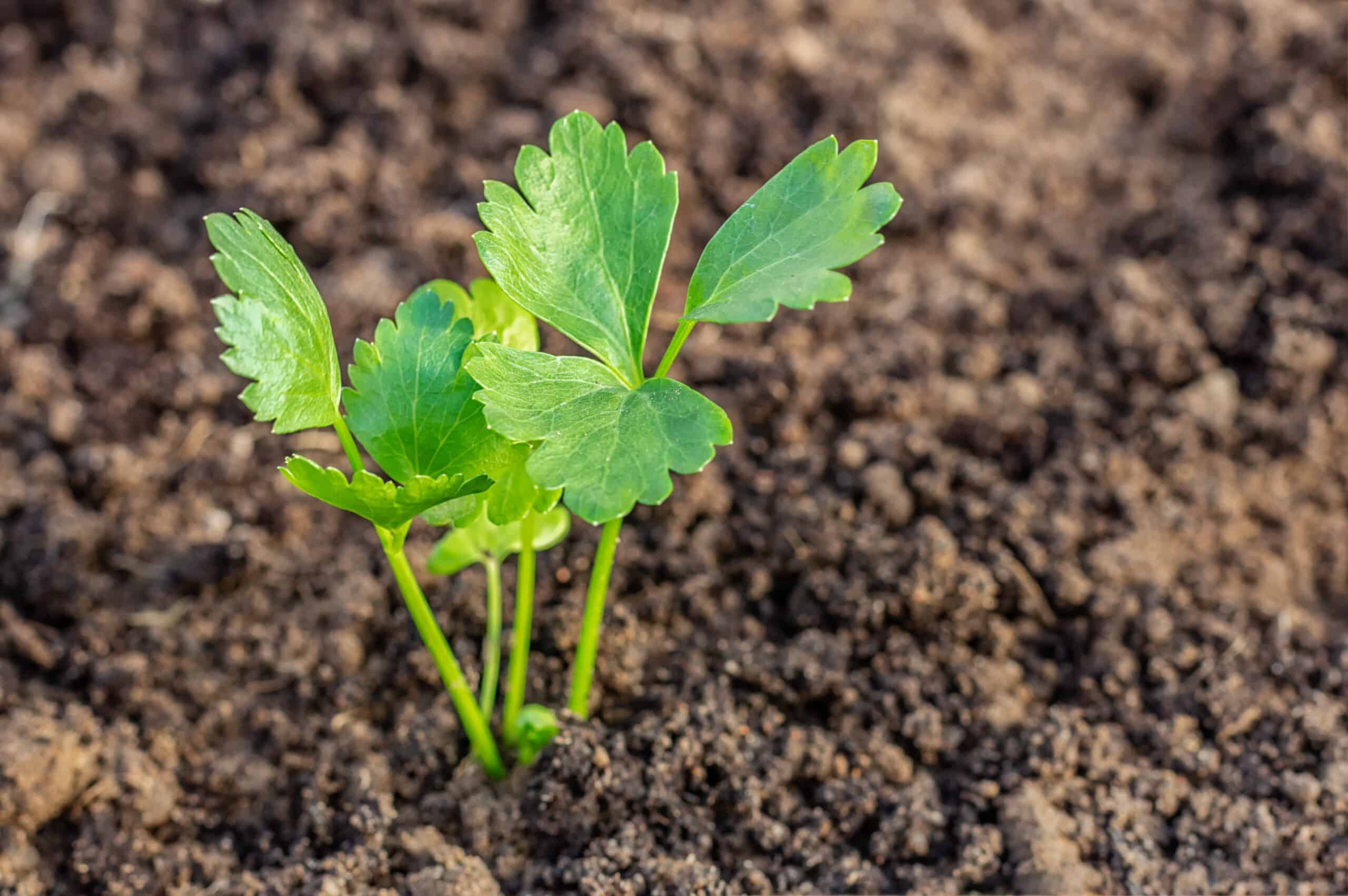
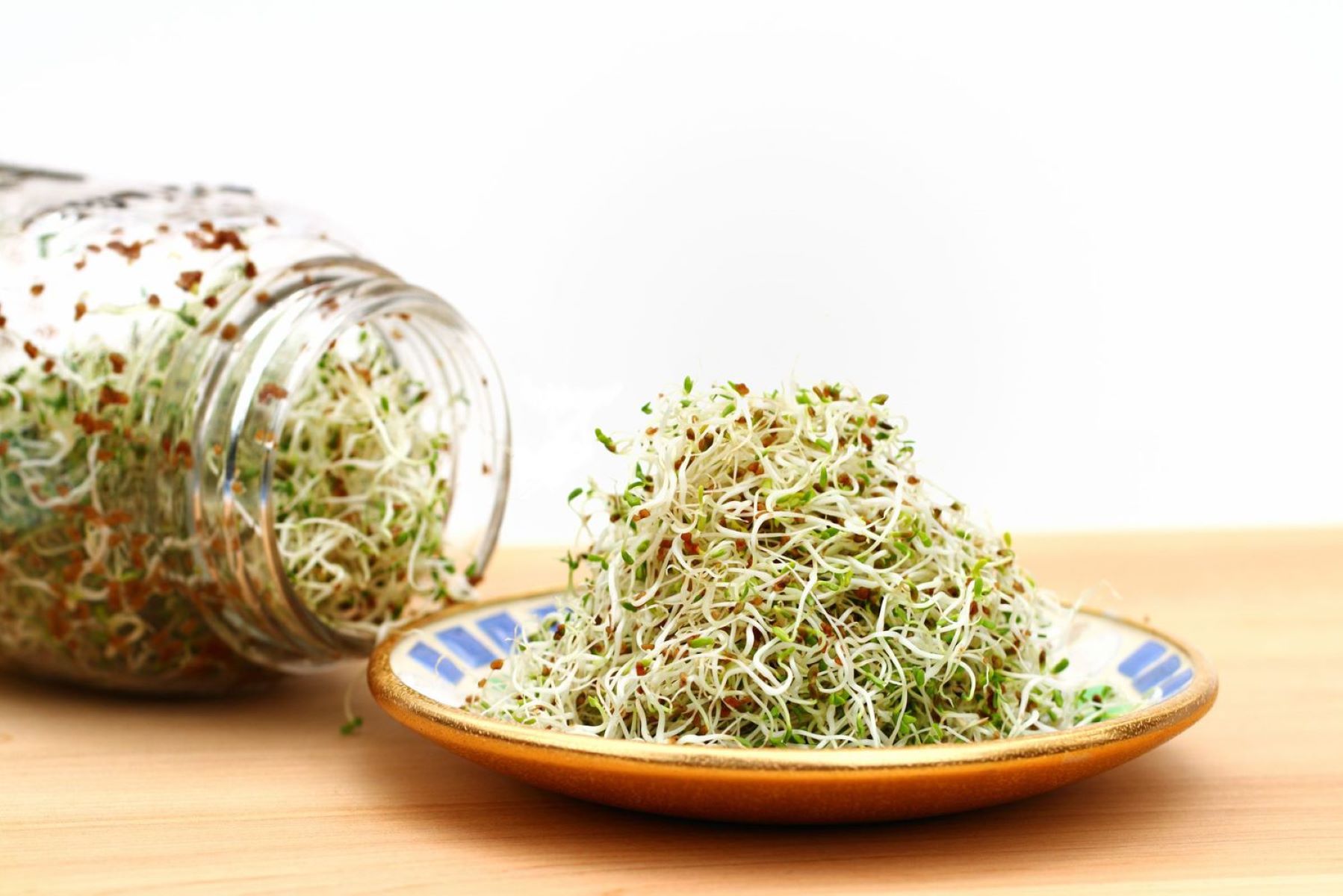

0 thoughts on “How To Plant Monstera Seeds”